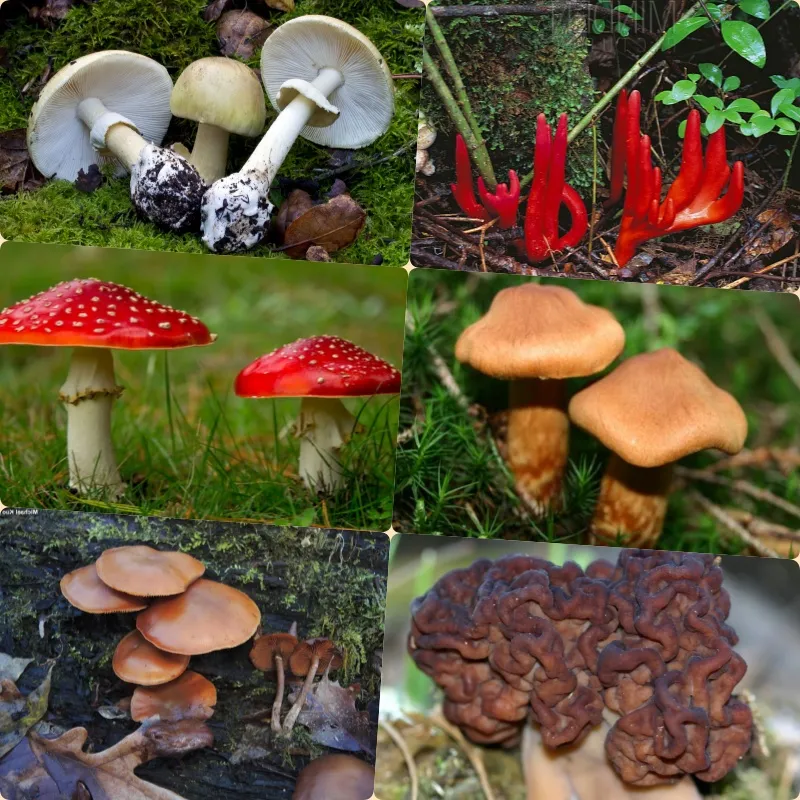
10 Most Dangerous Poisonous Mushrooms in the World
1. Fly Agaric (Amanita muscaria)
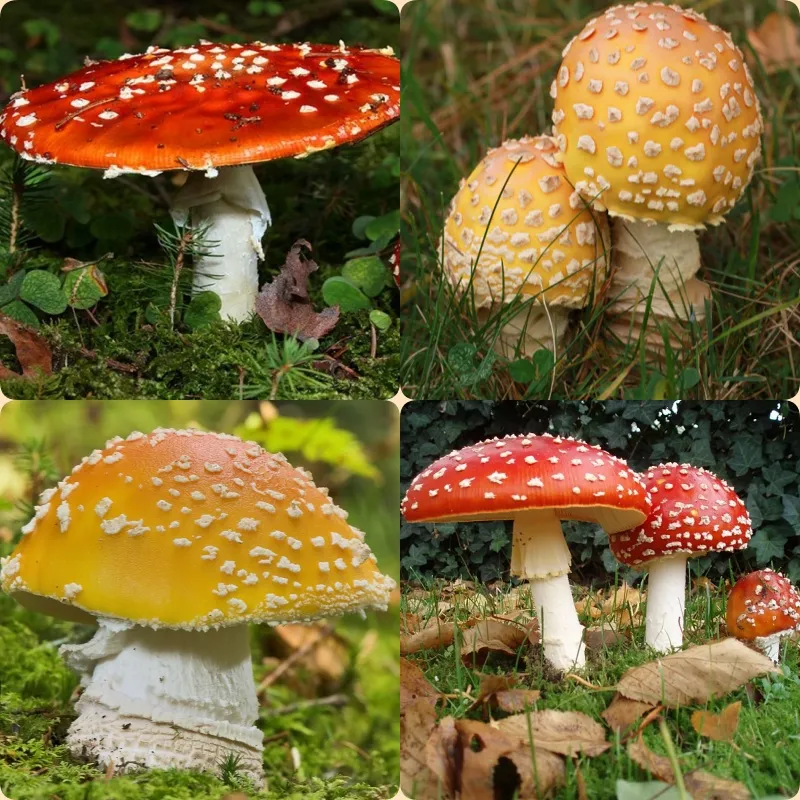
The Fly Agaric mushroom (Amanita muscaria) has a fairy-tale appearance, with its bright red cap dotted with white spots. However, don’t be deceived by its charming look. This mushroom contains potent toxins like muscimol and ibotenic acid. These toxins can severely affect the central nervous system, causing symptoms such as irritation, nausea, drowsiness, hallucinations, and potentially fatal outcomes if not treated promptly.
2. Angel Wing (Pleurocybella porrigens)
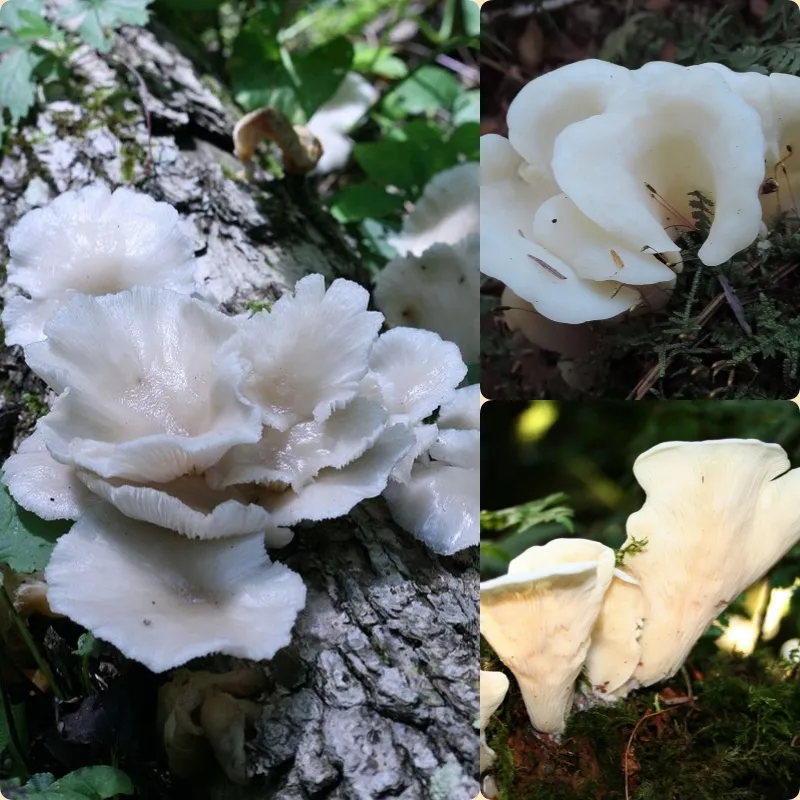
The Angel Wing mushroom (Pleurocybella porrigens) is commonly found in the Northern Hemisphere. Once considered edible, this mushroom gained notoriety in 2004 when nearly 60 people in Japan were poisoned after consuming it, leading to 17 deaths within six weeks. The exact toxins in this mushroom are not fully understood, but scientists believe it contains an amino acid that is harmful to brain cells and may also have high levels of cyanide.
3. Deadly Dapperling (Lepiota spp)

The Deadly Dapperling, belonging to the Lepiota family, is often found in pine forests in Europe and North America. This mushroom contains amatoxin, a deadly toxin responsible for 80-90% of fatal mushroom poisoning cases. Without timely treatment, the mortality rate can reach up to 50%. Initial symptoms include abdominal pain and digestive issues, followed by liver failure, leading to death.
4. Podostroma Cornu-damae
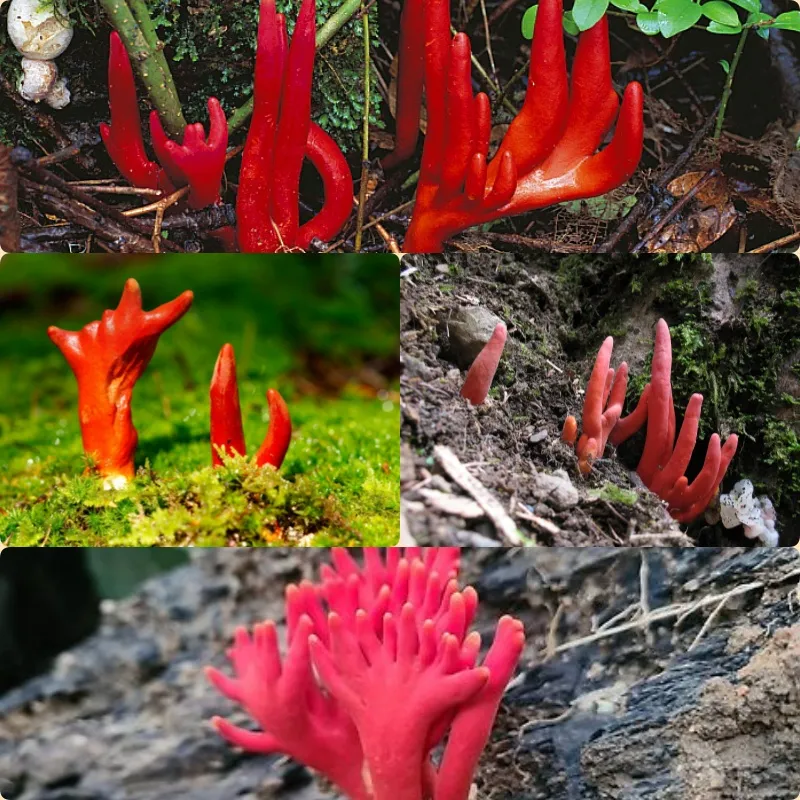
The Podostroma Cornu-damae mushroom has a distinctive appearance, resembling a human hand. Its primary toxin, trichothecene mycotoxin, can cause severe symptoms and may lead to death within a few days. This toxin affects vital organs such as the liver, kidneys, and brain, and can lead to severe consequences like hair loss, skin peeling, and irreversible damage similar to radiation poisoning or leukemia.
5. Conocybe Filaris
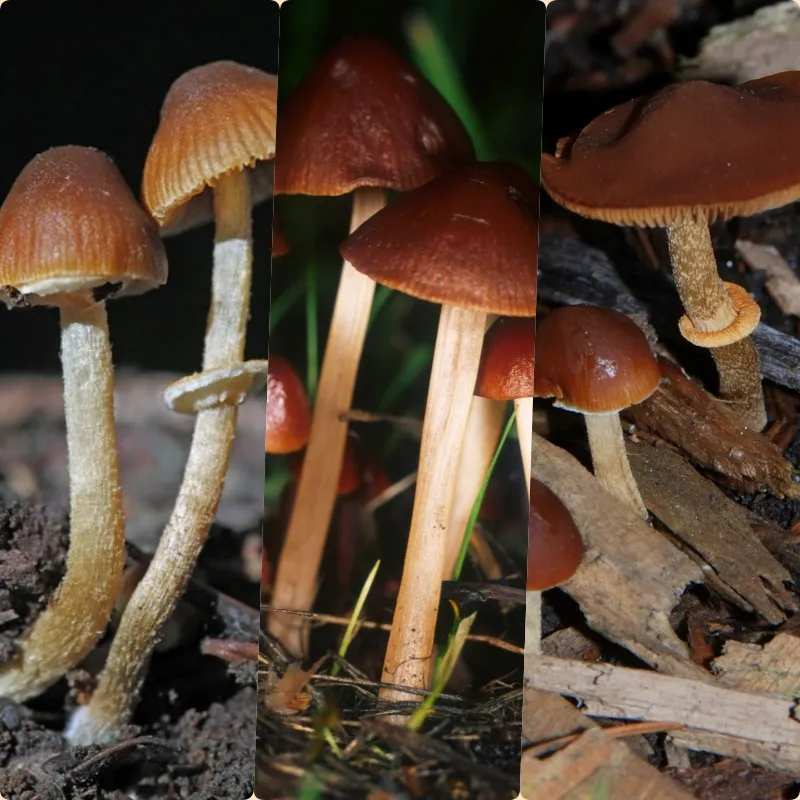
The Conocybe Filaris mushroom contains the deadly amatoxin, which causes severe liver damage that is often irreversible. This mushroom is typically found on lawns, particularly in the Pacific Northwest region of the United States.
6. Webcap (Cortinarius rubellus)
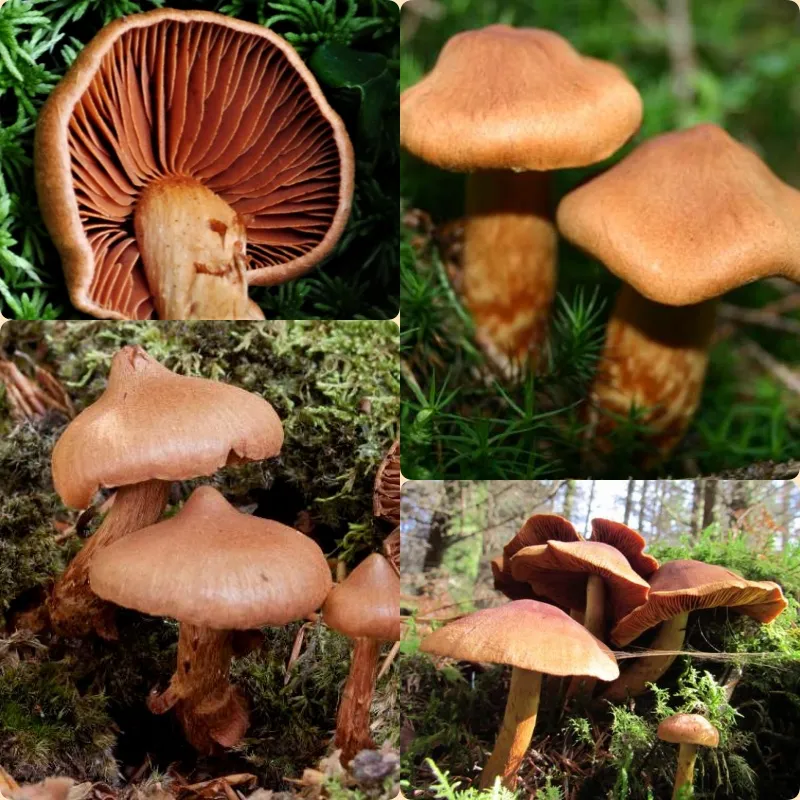
The Webcap mushroom (Cortinarius rubellus) is among the most poisonous mushrooms in the world. Even a small amount can be lethal. Survivors of Webcap poisoning may need lifelong dialysis or a kidney transplant. The orellanine toxin in this mushroom has no effective antidote.
7. Autumn Skullcap (Galerina marginata)
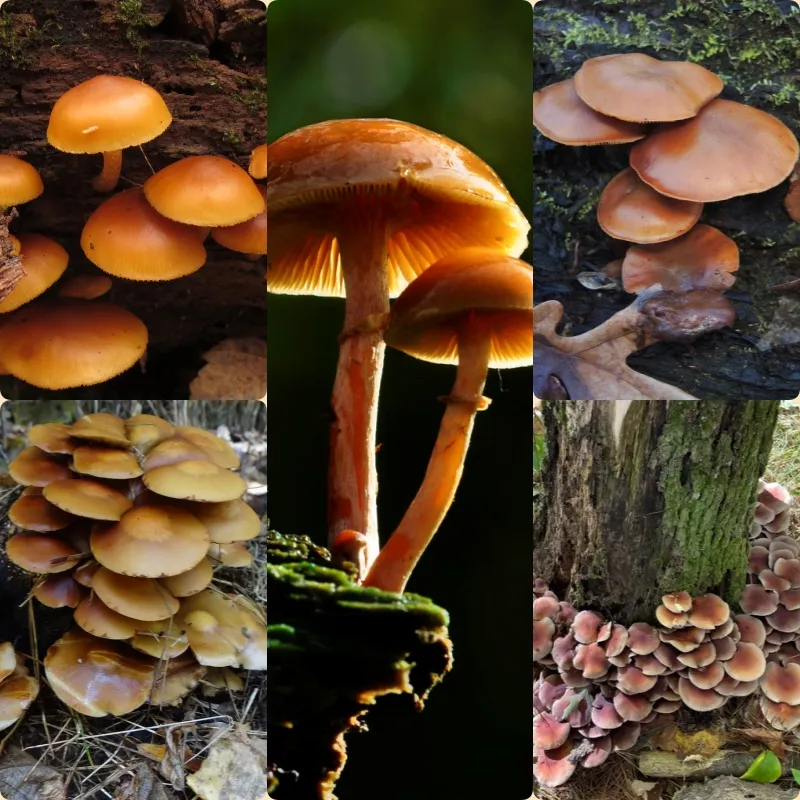
The Autumn Skullcap mushroom (Galerina marginata) commonly grows on decaying wood worldwide. It contains amatoxin, which causes irreversible liver damage, leading to painful deaths. This mushroom is easily mistaken for edible varieties, making it particularly dangerous.
8. False Morel (Gyromitra esculenta)
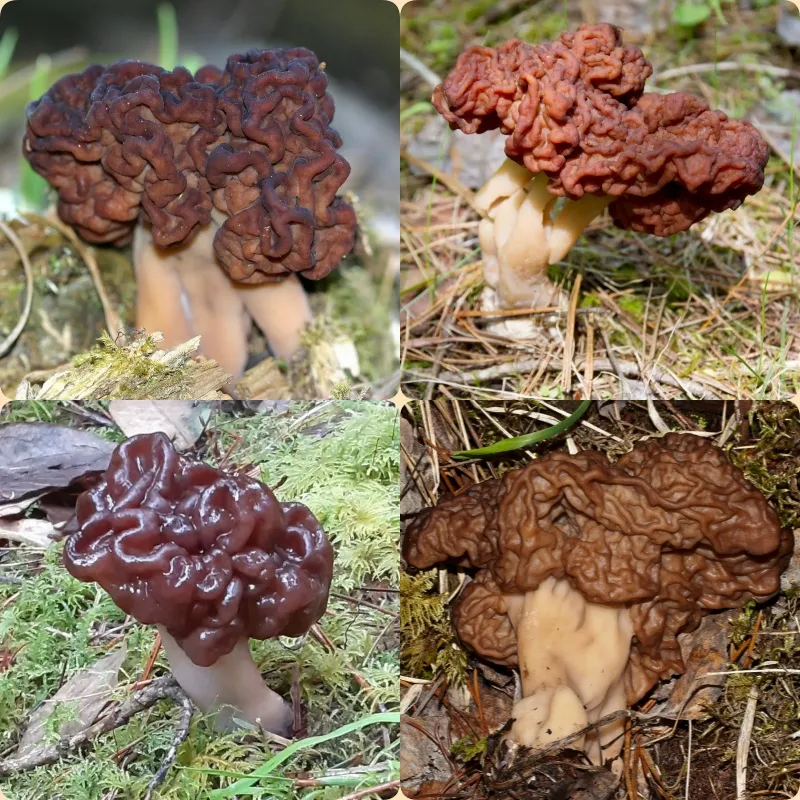
The False Morel (Gyromitra esculenta) resembles a human brain and is a delicacy in Scandinavia and Eastern Europe when properly cooked. However, eating it raw can be deadly. The mushroom contains gyromitrin, which converts to monomethylhydrazine (MMH) in the body. This toxin primarily damages the liver and can affect the nervous system and kidneys. Poisoning symptoms include diarrhea, vomiting, dizziness, and headaches. In severe cases, victims may fall into a coma and die within a week.
9. Destroying Angels (Amanita spp.)
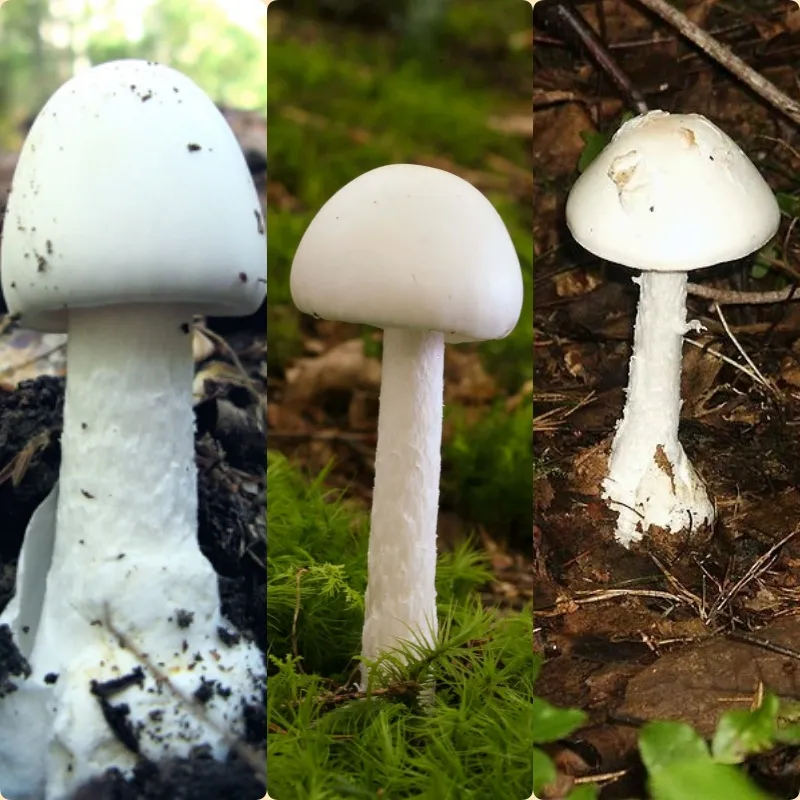
Destroying Angels are extremely toxic mushrooms capable of completely destroying the human body with their amatoxin. Early symptoms after ingestion include cramps, delirium, seizures, vomiting, and diarrhea. Amatoxin causes permanent kidney and liver damage, and the only way to save the poisoned victim is through a liver transplant.
10. Death Cap (Amanita phalloides)
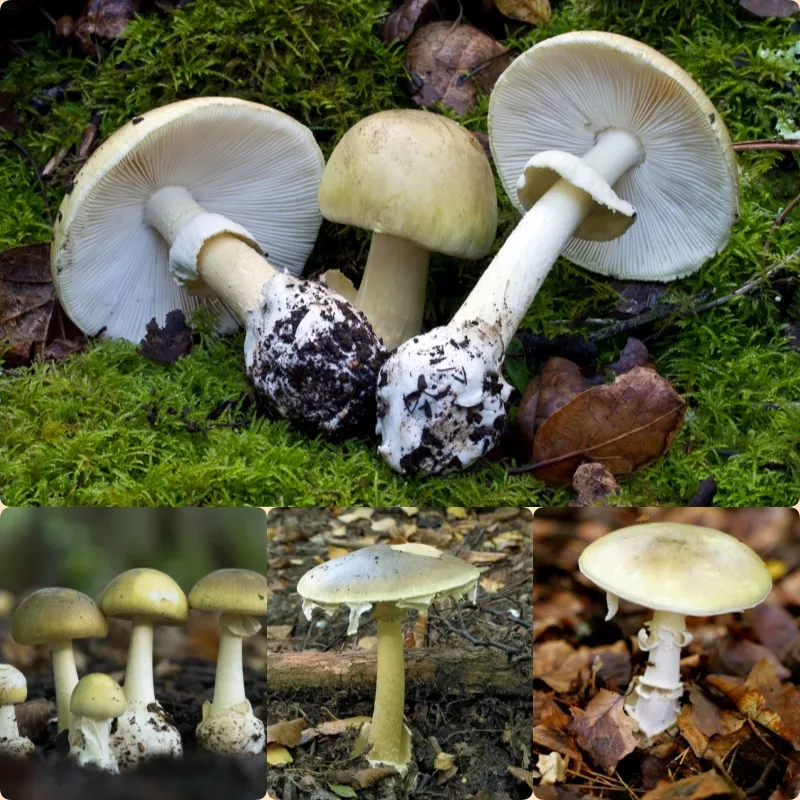
The Death Cap mushroom (Amanita phalloides) is responsible for most fatal mushroom poisoning cases. As little as 30 grams of its amatoxin (about half a mushroom) is enough to kill an adult. The toxin’s potency remains unchanged even after cooking, drying, or freezing. The Death Cap originates from Europe and typically grows under oak trees in forests. Its resemblance to edible mushrooms makes it particularly dangerous for those unfamiliar with its deadly nature.






